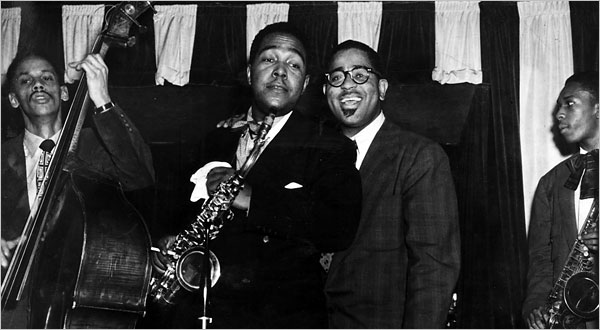What you are looking for can make a difference in where you should look. Different types of sources offer different information. Books:
Books take about a year to be published. They will not include the latest studies and research. Textbooks and encyclopedias are good for basic information. Further editions of books demonstrate that a source has been updated to reflect new information and may be a standard source in the field. Are there newer editions available?
Reference Books:
Reference books, such as encyclopedias and dictionaries, collect accepted facts from the established literature. In health and science, they can be huge and may take years to put together. Therefore, they do not contain the most current information, although they may mention studies that were recent at the the time of publication. But they are a good one-stop-shop to start by learning the basics of a topic. All Music Reference Materials are located in the main library on the 3rd Floor.
Journals:
The latest research is published in journals. It can be difficult to find basic information in journals. Nowadays, most journals have a web site that allows viewing of the table of contents and summaries of articles. The majority of Journals today are collected electronically however we continue to preserve our older journals in paper and mircoformats. All Print Library Journals and Magazines except "Current Periodicals" are now located in the library basement.
Magazines:
Magazines contain the latest basic information. It can be difficult to obtain researched information from magazines. Most magazines today are electronic however we do continue to preserve our older magazines in paper and microformats.All Print Library Journals and Magazines except "Current Periodicals" are now located in the library basement.

Library of Congress Classification is a system used by most academic libraries to categorize books and library materials by topic. Public libraries usually use the Dewey Decimal system. The Rose Hulman Library and the Purdue Library both use the Dewey Decimal system, too.
The Library follows LOC rules to put the "call number" on the spine of the book. The call number tells where to shelve the book.
|
M |
Materials of interest to the School of Music are located in locations throughout the library but can mainly be found under M, MT and ML. Some Music Business titles appear in HF and K while some Music Education titles are located in LB.
M: Music (General)
ML: Literature of music
MT: Music instruction and study
HF 5429: Stores Retail (Music Business)
K 840-917: Contracts (Music Business)
K 1000-1388: Commercial Law (Music Business)
K 1401-1578: Intellectual Property (Music Business)
LB: History of Education (Music Education)

Use the Fusion Plus catalog as your first option for locating books, scores, microfilms, journal titles (but NOT articles), sound recordings, and videos owned by Indiana State University, as well as Web-based resources that are accessible via the catalog (electronic books and journals, databases).